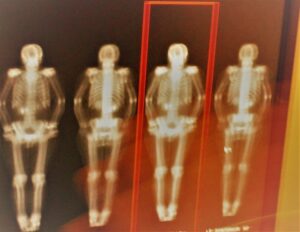Bone Cancer Treatment Options
Revolutionizing Alternative Bone Cancer Treatment
Bone Cancer Treatment Options
 Cancer Care Patients seek alternative Bone cancer care at every stage of their cancer journey. Some at the beginning, immediately following a Bone cancer diagnosis and some when they have exhausted all conventional therapies of chemotherapy, radiation, and surgery. For over fifteen years, Sunridge Medical has treated patients with all types and stages of cancer including Stage 4 (stage IV) Bone cancer and metastatic Bone cancer.
Cancer Care Patients seek alternative Bone cancer care at every stage of their cancer journey. Some at the beginning, immediately following a Bone cancer diagnosis and some when they have exhausted all conventional therapies of chemotherapy, radiation, and surgery. For over fifteen years, Sunridge Medical has treated patients with all types and stages of cancer including Stage 4 (stage IV) Bone cancer and metastatic Bone cancer.
This very personal diagnosis becomes rather clinical quickly when so many treatment options are offered including conventional and alternative Bone cancer treatment. Since there are several types of Bone cancer and many stages of Bone cancer with malignant to benign (non-cancerous) tumors, no one Bone cancer treatment plan is the same.
The Sunridge Approach to Bone Cancer
The Sunridge approach to Bone Cancer treatment is to study the whole body, investigate the underlying cause of the cancer, understand the diagnosis and how cancer manifested, establish the overall wellness of the patient and their ability to respond to treatments; then based on these findings deliver the best treatments to stop the cancer and stave off additional disease.
Bone Cancer - A Second Opinion
Naturopathic Oncology and Integrative Oncology
Understanding Bone Cancer
The Cancer Cell
A Weakened Immune System and Cell Production
Circulating Tumor Cells
Stopping the Glucose Game
Standard of Care
The Effects of Chemotherapy and Natural Chemicals
Types of Bone Cancer
2 Categories of Bone Cancer
References for Bone Cancer
For answers and to make an appointment, call toll-free 800-923-7878 to speak with our Patient Care Team.
Recover your vitality, reclaim your energy and rediscover your health.


